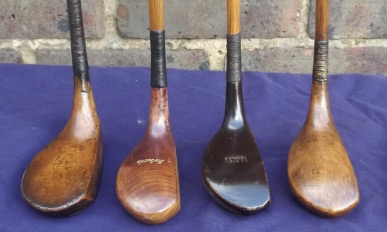
I was in the office of a metal fabricator recently and admired his collection of vintage wooden golf clubs. Not being a golfer I inquired “Are these rare?” He laughed and replied “Not really… titanium and other alloys have all but replaced traditional clubs like these. I just like the look of them.” Having been around pianos most of my life, I’ve often wondered about the traditional use of wooden parts in the mechanical action of the piano. We somehow have managed to romanticize every aspect of this instrument and when faced with the possibility of making more efficient, versatile, stronger and consistent parts out of composite materials like nylon or carbon fiber there are far too many competitive voices that ignorantly refer to these as ‘plastic’. Plastic has this connotation of cheap grocery bags and kid’s toys. If you’re in that camp, think again about how not only golf clubs have changed but how airplanes also used to be made out of wood. Historically,
the first bicycle was made completely out of wood and yet the majority of Tour de France bikes are now made out of carbon fiber… and for the record, I won’t be taking my next flight on any wooden airliner. Why have we embraced certain areas of technology and accepted it as the norm and yet reject it in the piano?
“The piano is made for music. It’s not just a machine.” I agree whole-heartedly however, the moving parts of the action – do they create sound? The joints and levers called the whippen assembly – do they make noise? Are they tuned? Most of these parts are inert and inaudible. If you ever get to see a technician take an action piece out of the piano, flex the joint and listen for any kind of noise. They’re incredibly quiet.
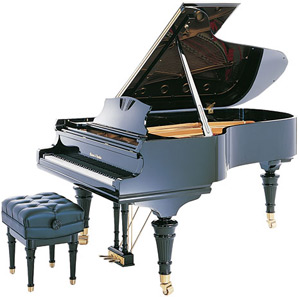 So if the joints (also known as the flanges) have a more tactile application, why not fit them with new composite materials? That’s what has happened with parts inside Mason & Hamlin pianos. Wessell, Nickel & Gross (WNG) is the parts company who manufacture such composite parts (same owners as Mason & Hamlin). Composite literally means ‘combined’. It’s the joining of the aforementioned components – usually nylon, carbon fiber or epoxy materials.
So if the joints (also known as the flanges) have a more tactile application, why not fit them with new composite materials? That’s what has happened with parts inside Mason & Hamlin pianos. Wessell, Nickel & Gross (WNG) is the parts company who manufacture such composite parts (same owners as Mason & Hamlin). Composite literally means ‘combined’. It’s the joining of the aforementioned components – usually nylon, carbon fiber or epoxy materials.
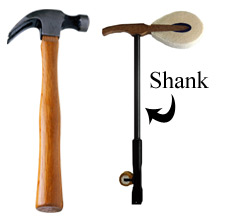 When speaking earlier this year with Kirk Burgett, president of Mason & Hamlin and WNG, we touched on various aspects of their pianos that have been re-designed with ‘outside the box’ thinking. One such concept is hammer shanks. The hammer is the lever (that looks like an actual hammer) which strikes the strings with a felt head. To my knowledge, WNG is the only composite shank maker in the world. So what’s the big deal? Why change what already works well for hundreds of years? In this slow motion video provided by WNG, (which is very compelling I might add) it demonstrates how wooden shanks absorb energy like a spring instead of transferring energy to the string. Ideally in a piano action, you don’t want to lose energy from the moment you touch the key. Piano touch should be an extension of your fingers and ultimate transfer equals maximum output of the instrument. So even if you could get wood that was incredibly rigid to match the strength and resilience of composite shanks, getting 88 shanks to operate in the same manner is challenging.
When speaking earlier this year with Kirk Burgett, president of Mason & Hamlin and WNG, we touched on various aspects of their pianos that have been re-designed with ‘outside the box’ thinking. One such concept is hammer shanks. The hammer is the lever (that looks like an actual hammer) which strikes the strings with a felt head. To my knowledge, WNG is the only composite shank maker in the world. So what’s the big deal? Why change what already works well for hundreds of years? In this slow motion video provided by WNG, (which is very compelling I might add) it demonstrates how wooden shanks absorb energy like a spring instead of transferring energy to the string. Ideally in a piano action, you don’t want to lose energy from the moment you touch the key. Piano touch should be an extension of your fingers and ultimate transfer equals maximum output of the instrument. So even if you could get wood that was incredibly rigid to match the strength and resilience of composite shanks, getting 88 shanks to operate in the same manner is challenging.
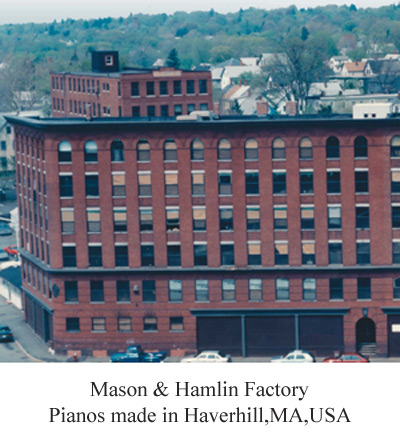 Mason & Hamlin have all but eliminated that variable of inconsistency by implementing these shanks into their pianos. And I must say, their pianos are suitably impressive. Advantages of new composite materials:
Mason & Hamlin have all but eliminated that variable of inconsistency by implementing these shanks into their pianos. And I must say, their pianos are suitably impressive. Advantages of new composite materials:
1. Strength and rigidity
2. Consistency
3. Resilience to humidity fluctuation
4. Reduced mass
Take a moment to watch the video and if you have the opportunity, try a new Mason & Hamlin piano. If you need confirmation that they’re building quality, you’ll be convinced in short order. WNG also offer a wide variety of aftermarket parts for rebuilders of pianos as well.
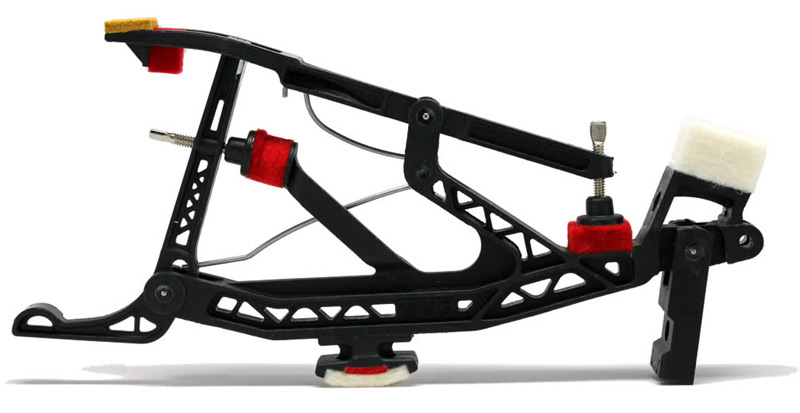
A special thanks also to Kirk Burgett for his passion in piano design, creativity and innovation. Pictured above, a whippen assembly made out of composite material ~ welcome to the 21st century.
More Piano Articles
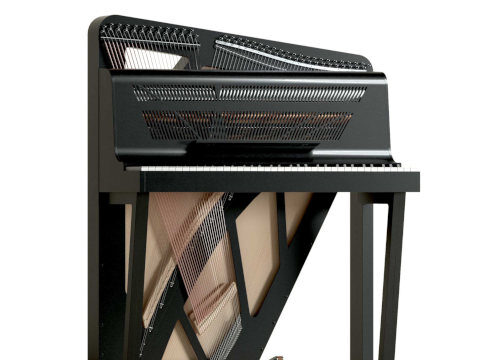
Many years ago, I remember seeing a piano in a museum similar to the one shown above (built in 1787 by Christian Gottlob Hubert. On display at Germanisches Nationalmuseum - Nuremberg, Germany). I have often wondered why acoustic portable pianos never really took off. Although we've seen more portable keyboard instruments like harpsichords, accordions or electronic keyboards, they operate completely different from a traditional piano in that they either pluck the strings, use air with ...
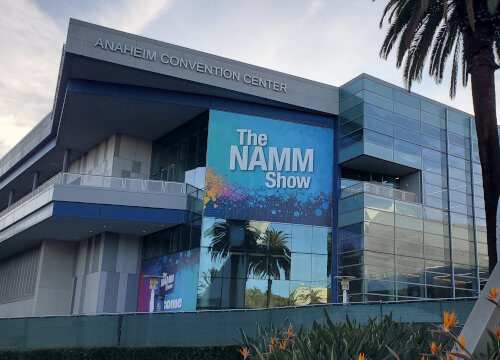
This was the first year since covid that the National Association of Music Merchants (NAMM) trade show was back to its regular January date and, in fact the first show where it felt back to normal. How was it? To answer that, I'm going quickly review the piano market over the last few years. Piano sales boomed during covid. Think about it - everyone was at home and with time on their hands, many turned ...
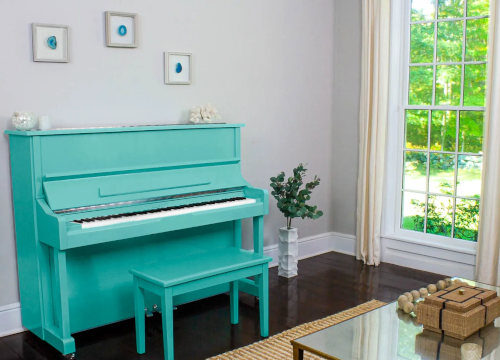
I’ve often wondered when the business model of piano buying would start to change. It seems like we feel comfortable purchasing everything from toothpaste to tires online and yet pianos are one thing that you still buy in a store. Well some of that is about to change. After speaking with Larry Caruso from Caruso Piano, they’re launching a brand of piano made specifically for online ordering. It’s called
Sonnova. I recently had the pleasure ...
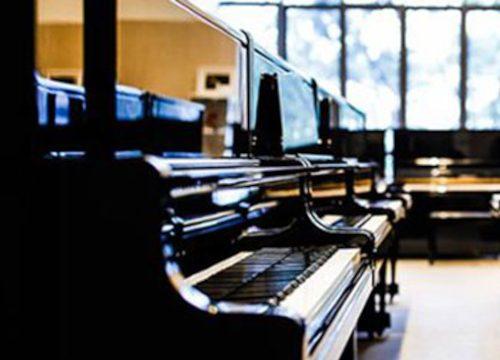
The thought of buying a piano can be exciting but it can also be a bit intimidating or daunting, especially if you don’t know anything about them. But have no fear, because at Piano Price Point, we’ve compiled so much of the data and written articles to make your job easier. To narrow down the scope of buying a piano, you first need to decide what kind of piano you’re looking for. Ask yourself these ...
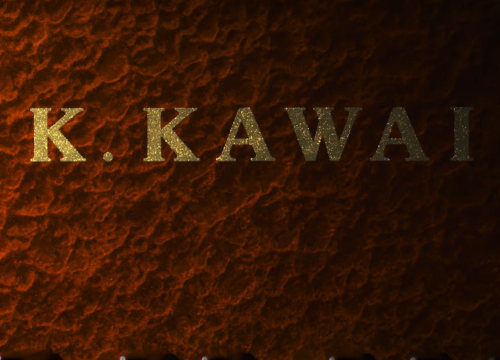
Money, apparently
does grow on trees or at least in ancient times it did. It's been recorded that rare tree sap was used as a form of payment for tax because it was deemed so valuable. This sap from the tree was harvested and refined into lacquer with incredible clarity and sheen. Many thousands of years ago, it was reserved for imperial palaces, religious temples and shrines. Early
examples have been dated to 7000BC. It ...
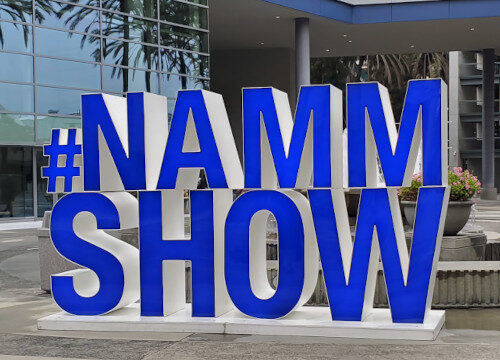
NAMM is always a great time to see the latest pianos. This was my first show since covid and despite being off-schedule in April (the show usually runs in January), it was nevertheless well represented. Many of the manufacturers opted out of this show because the upcoming show in 2024 is only 9 months away. These shows are a massive amount of work for presenters. When you think of how many pianos get moved and ...